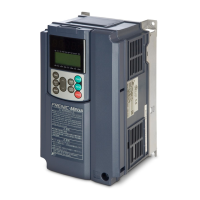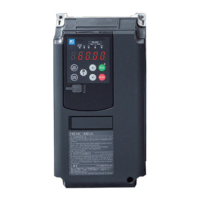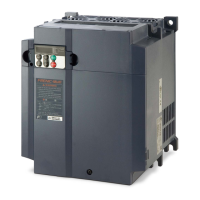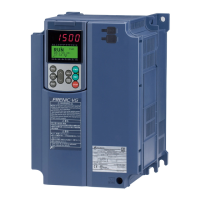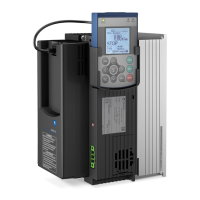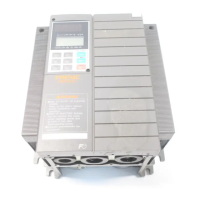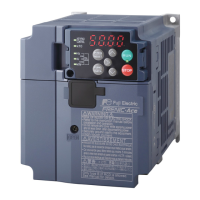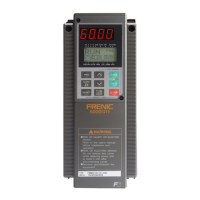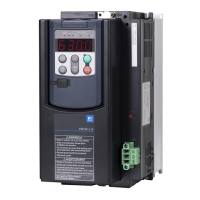11.3 Peripheral Equipment
11-14
11.3 Peripheral Equipment
11.3.1 Molded case circuit breaker (MCCB), residual-current-operated protective
device (RCD)/earth leakage circuit breaker (ELCB) and magnetic contactor
(MC)
[1] Function overview
MCCBs and RCDs/ELCBs*
* With overcurrent protection
Molded Case Circuit Breakers (MCCBs) are designed to protect the power circuits between the power
supply and inverter's main circuit terminals ([L1/R], [L2/S] and [L3/T]) from overload or short-circuit, which
in turn prevents secondary accidents caused by the broken inverter.
The Earth Leakage Circuit Breakers (ELCBs) is also connected for main circuit wire protection and power
ON/OFF in the same way as MCCBs.
Built-in overcurrent/overload protective functions protect the inverter itself from failures.
Magnetic contactor
A Magnetic contactor (MC) can be used at both the power input and output sides of the inverter. At each
side, the MC works as described below. Use this terminal if needed. The MC on the output side can also
be used for swithcing the commercial power lines.
At the input (power supply) side
Insert an MC in the power supply side of the inverter in order to:
1) Forcibly cut off the inverter from the power supply with the protective function built into the inverter, or
with the external signal input.
2) Stop the inverter operation in an emergency when the inverter cannot interpret the stop command due
to internal/external circuit failures.
3) Cut off the inverter from the power supply when the MCCB inserted in the power supply side cannot
cut it off for maintenance or inspection purpose. For this purpose only, it is recommended that you use
an MC capable of turning the inverter OFF manually.
Avoid frequent ON/OFF operation of the magnetic contactor (MC) in the input (primary) side;
otherwise, the inverter failure may result.
The frequency of the MC's ON/OFF should not be more than once per 30 minutes. To assure
10-year or longer service life of the inverter, it should not be more than once per hour.
If frequent start/stop of the motor is required, use the FWD/REV signals of the control circuit
terminals or the
/ keys on the inverter's keypad.
At the output (motor) side
Insert an MC in the power output side of the inverter in order to:
1) Prevent externally turned-around current from being applied to the inverter power output terminals ([U],
[V], and [W]) unexpectedly. An MC should be used, for example, when a circuit that switches the motor
driving power supply between the inverter output and commercial power lines is connected to the
inverter.

